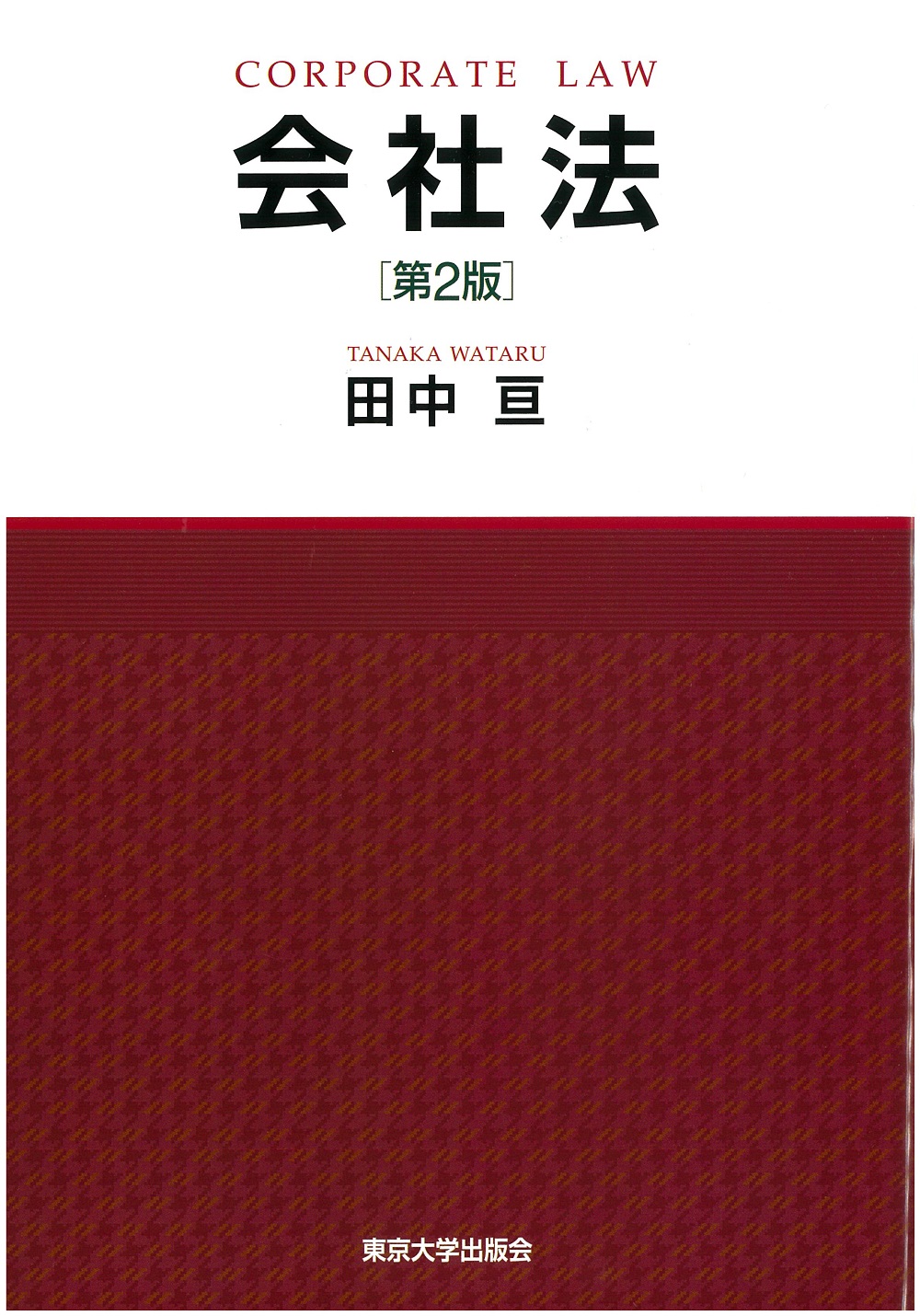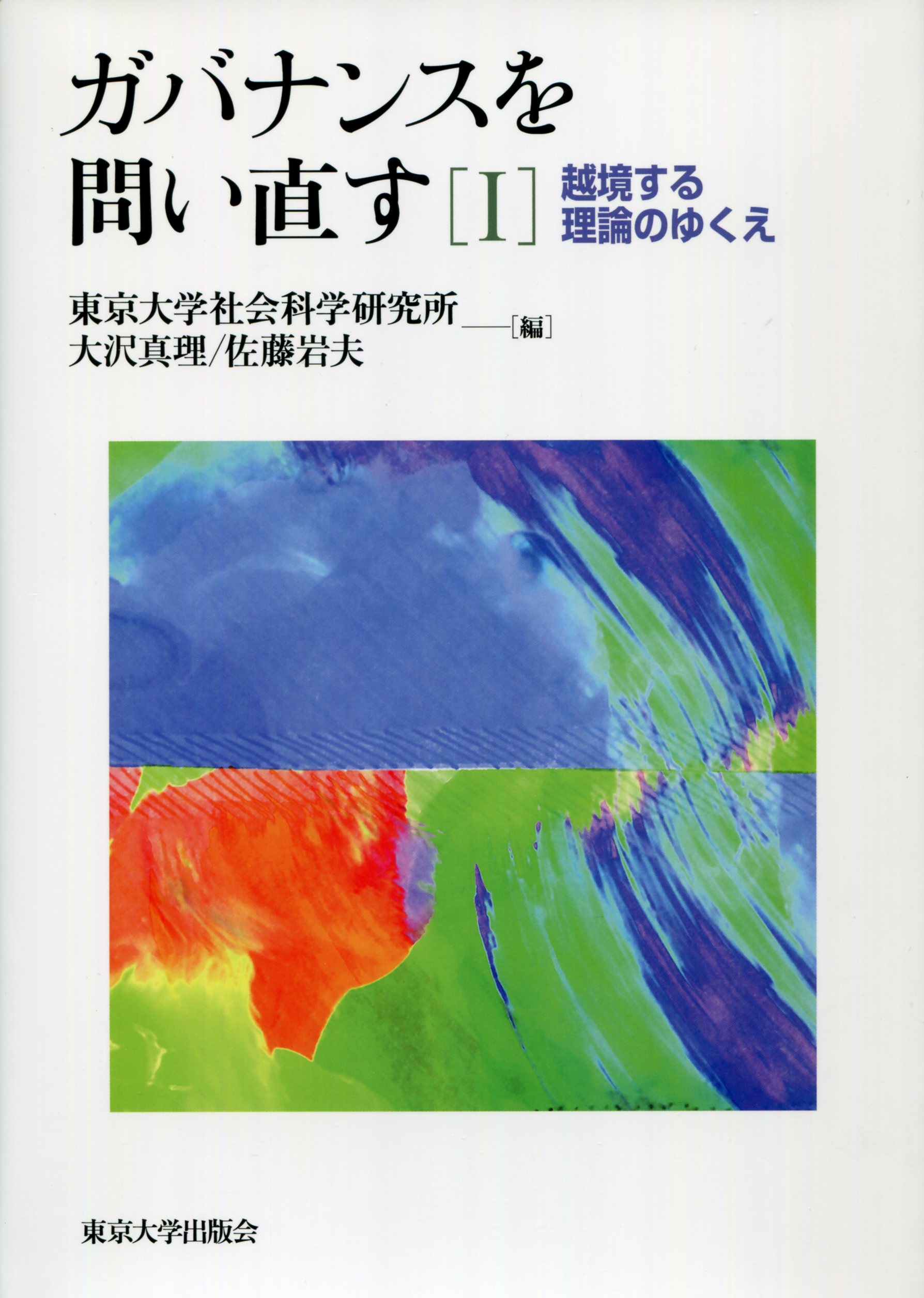
Title
Kaisha-ho (The Companies Act – 2nd Edition)
Size
848 pages, A5 format
Language
Japanese
Released
December 14, 2018
ISBN
978-4-13-032389-5
Published by
University of Tokyo Press
Book Info
See Book Availability at Library
Japanese Page
This volume is a textbook on the Companies Act. In writing this, special considerations were made to enable beginning students to grasp the purpose and content of the Companies Act adequately. For this reason, some portions of the book explain in detail certain matters that are not usually discussed in regular textbooks on the Companies Act.
For example, Chapter 5, which deals with accounting of joint-stock companies, includes explanations and examples regarding basic rules on double-entry bookkeeping. The author believes that the purpose and the content of the regulations of the Companies Act concerning companies’ accounting cannot be understood without knowledge about the basic bookkeeping rules.
Additionally, social and economic developments surrounding companies today are also discussed, primarily in the form of columns, as they are deemed necessary. They include the composition of shareholders and boards of directors at publicly traded companies and the changes that have taken place in recent years. These were added because certain knowledge of the current status of companies, which are the target of the law, is necessary to understand the purpose of the Companies Act.
Furthermore, this book explains various concepts related to the Companies Act concerning the social sciences, primarily economics, to the extent necessary for the reader to understand the law’s purpose. They include issues regarding the collective action problem of shareholders, the agency problems among managers and shareholders, and the moral hazard caused by the limited liability of shareholders. These social science concepts are beneficial in analyzing clearly conflicts of interests regarding companies. These insights are also necessary for lawyers and legal scholars.
Explanations are provided repeatedly for concepts that are particularly significant, and related parts are cross-referenced. Many charts are used to enable readers to grasp the outline of the law visually.
The author believes that, because of these attempts, undergraduate students who study the Companies Act for the first time or law-school students who have never studied it before will be able to read through the entire book and understand its content. At the same time, this volume lists some key issues regarding the Companies Act, focusing mainly on court rulings. Issues that are particularly difficult to understand are explained in detail in separate columns. References are provided for readers who wish to examine such issues further. Thus, this book will help those who have studied the Companies Act already, such as graduates of law schools, as they seek to gain a higher level of knowledge and understanding. It can also be valuable for practitioners engaging in corporate legal affairs, as well as corporate-law scholars.
(Written by TANAKA Wataru, Professor, Institute of Social Science / 2018)



 Find a book
Find a book


 eBook
eBook




